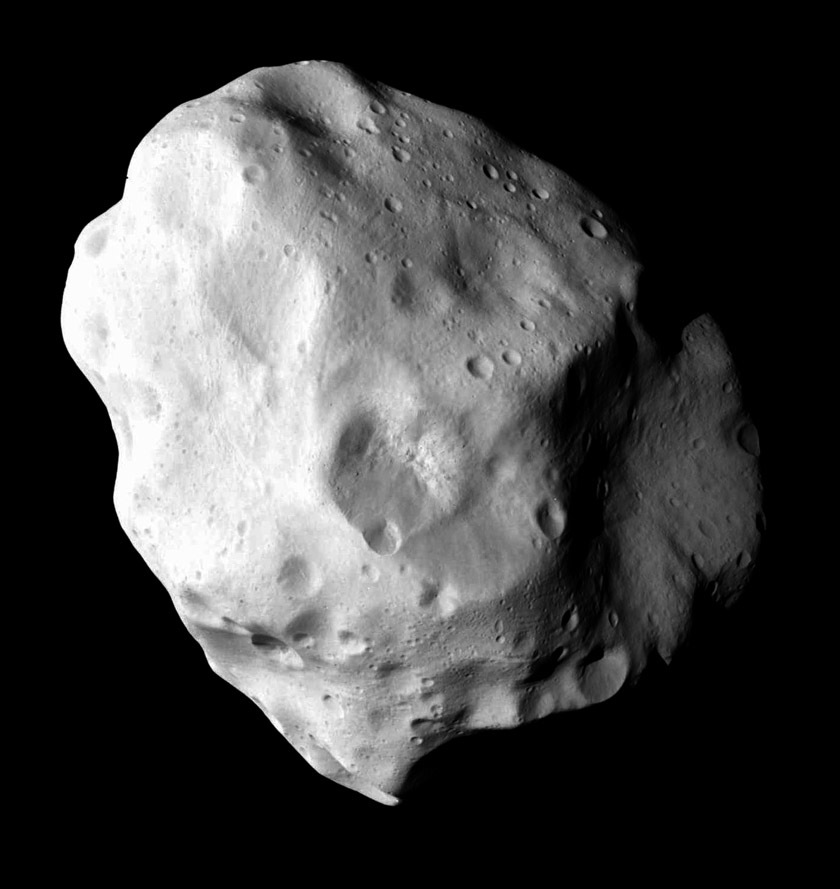screens at least 600 px wide
About

Did you know that 27 comets and asteroids
have already been visited by a spacecraft? And that there will be many more in the coming years?
I am a planetary scientist,
exploring small bodies with missions like
Rosetta,
Hera, and
Comet Interceptor.
Over the years, I have written many tools to investigate the data returned by these spacecrafts.
As much as I can, I like to share my programs with the community,
in the hope they may be useful for others.
This website is maintained on my free time.
You can find more information about my research on my
personal page.
Tools
- 2025: a web app to visualize FITS images
- 2023: a dashboard to display trajectory and observing conditions of various space missions
- 2021: an interactive visualization of Near-Earth asteroids
- 2016: shapeViewer, a standalone software for 3D visualization of small bodies, morphological investigation, and mission planning
- 2014: a web/javascript implementation of the Finson-Probstein model for simulating the dust tail of active small bodies
All tools can be accessed via the navigation menu on this page.
Open source
The content of this website is distributed under a Simplified BSD license. The code is hosted on Sourcehut.
